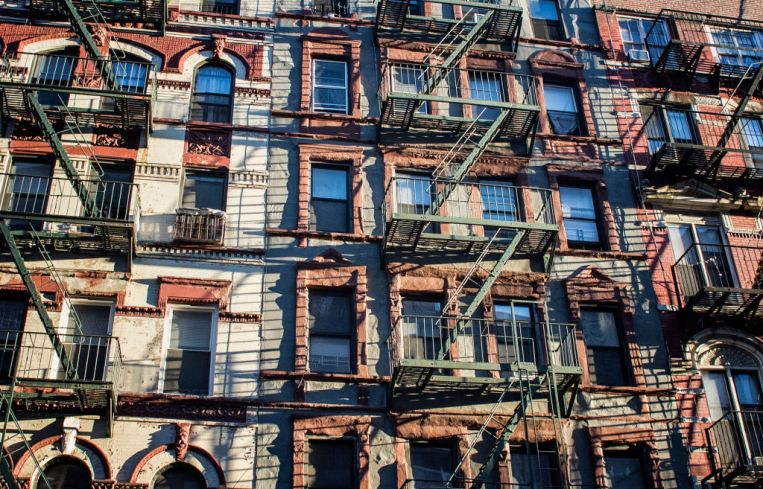Cost of Maintaining NYC Rent-Stabilized Buildings Up 3.9% Annually: Rent Board
By Abigail Nehring April 19, 2024 4:04 pm
reprints
Prices for rent-stabilized landlords to keep their New York City buildings up and running rose slightly faster last year than the U.S. consumer price index during the same period, according to an annual study by the city’s Rent Guidelines Board.
The so-called Price Index of Operating Costs (PIOC) — a metric the RGB’s staff painstakingly update every year — rose 3.9 percent annually for rent-stabilized landlords, a significant decline from the 8.1 percent increase the same class of owners saw last year, according to the study released Thursday.
Insurance saw the most dramatic increase of all the expense categories the index weighs, with costs rising 21.7 percent annually, compared to 12.9 percent last year.
Taxes factor into the index more heavily than other expenses and increased 3.2 percent annually, down from 7.7 percent last year.
The index measures the change in the price of goods and services required to keep rent-stabilized buildings running, and it’s one of the key factors the nine-member board must consider in settling on a “fair” rent hike for tenants in about 1 million rent-stabilized apartments across the five boroughs.
Based on the report, if the RGB wanted to keep net profits constant for landlords, they would need to raise rents this year somewhere between 2.5 percent and 4 percent for one-year leases and between 4 percent and 7 percent for two-year leases.
But whether that should be the goal is not at all a settled matter.
“I’ve mentioned this each of the last two years and I will continue to say it: I find these commensurate projections really problematic,” Adán Soltren, one of two tenant members of the RGB, said at the board’s meeting on Thursday. “We’re trying to project for a constant net operating income, which is not our job as a board.”
Nonprofit law firm the Legal Aid Society echoed Soltren’s sentiments, saying in a statement after Thursday’s meeting, “these reports show that vacancy and collection losses have decreased and the costs of managing rent-stabilized properties have remained relatively the same.”
Advocates say the RGB should track the rent burden on tenants along with landlords’ expenses to paint a fuller picture of the market when considering rent increases, but the RGB’s research staff remains unenthusiastic about the idea.
Landlords aren’t fond of the idea either. If anything, the research undercounts the level of distress some rent-stabilized buildings are facing, according to the Community Housing Improvement Program (CHIP), an industry group that represents rent-stabilized landlords.
“This is a tale of two cities, and it doesn’t help renters in the Bronx when the RGB fails to acknowledge what’s happening to their homes,” CHIP executive director Jay Martin said in a statement Thursday. “We understand that rent increases are unpopular, but defunding rent-stabilized buildings and destroying people’s homes helps no one.”
The debate will ramp up in the weeks ahead as the RGB prepares for its annual vote on rents in June. It will vote on preliminary figures for this year’s rent adjustment on April 30 and will take comments from members of the public in a series of hearings next month. However, the RGB has not yet announced details on the public hearings.
Abigail Nehring can be reached at anehring@commercialobserver.com.


